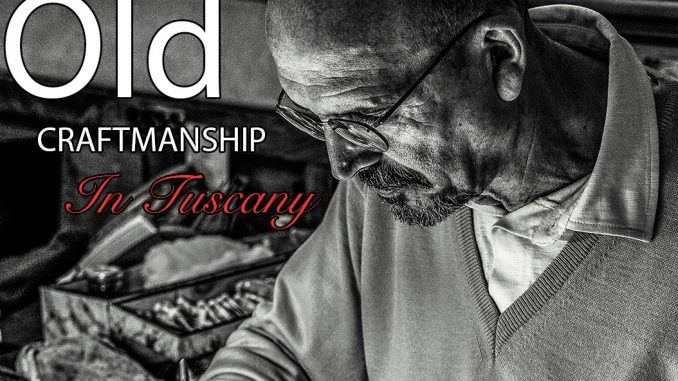
Old Craftsmanship In Tuscany with the Leica M 240
by Christian Robert
Dear Steve,
In Tuscany, and especially in Florence, old craftsmanship is still alive.
Every year millions of tourists travel to Florence to see Michelangelo’s David in front of the Palazzo Vecchio and Botticelli’s birth of Venus in the Uffizi Gallery. They climb up the campanile to catch a glimpse of the city on the Arno and rush past the numerous jewelry shops along the Ponte Vecchio. Then they hurry to Pisa to take a picture of the Leaning Tower. The culmination of every Tuscany tour is the tasting of local specialties such as olive oil and Chianti wine. But hardly a tourist manages to see the true beauty of Tuscany and its inhabitants, far from mass tourism, in the traditional workshops of artisans and on the streets.
To photograph the real life in Tuscany, four years ago I exchanged my Canon Eos 5DII and 6 Zeiss ZE lenses for the Leica M240 with 50 Summilux. Later, the 35th Summilus was added. During my numerous trips to Tuscany, I have made unique photos of traditional crafts and everyday life, which I presented in October and November 2015 under the working title Insight (E1nblick) to a wide audience. Especially the proximity to the people and the familiarity with the craftsmen inspired many visitors. Today I work with the Leica M240 with the 50 Summilux, the Leica M262 with the 28 Summilux and the Leica M10 with the 35 Summilux. My photos can be seen at Leica Photography International and Leica Fotopark (https://lfi-online.de/ceemes/de/galerie/Christian-Robert-Fiedler-357159.html. There you can also see the everyday and artisan photos from the exhibition Insight (E1nblick).
Three years after the opening of the exhibition, my photo book, titled “Insight – A Passing View“ has finally been published.
With my photographs I would like to give insight and risk a look at the same time. Detached from the situational context, which of course is already restricted by the choice of format, the observer is supposed to embark on a journey and find himself in many situations. But sometimes, however, a look is not enough and it is necessary to gain insight. Then you recognize details that were just inconsequential, then you hear voices and sounds, where none should be, then you have arrived in the middle of the action. Then you hear the machines in the manufactory, the voices in the market or the gossip of the neighbor. Then you smell the leather in the factory, the fish in the harbor and breath the dust in the workshops.
But true life happens and is already in the next moment back in the past. It can not be simulated in the studio and certainly not reproduced. Every situation is unique and incomparable, but the moment captured in a photograph does not go away.
In order to do justice to this insight at a glance, I have chosen the portrait format. Because as in real life, doors and windows provide insight behind the facades, my photographs allow you a look, or even insight.
To ensure that my photographs come to life on the pages, an important choice had to be made about the book cover type and the type of paper is involved. The final decision was made on a linen-bound hardcover with dust jacket and archival grade paper with a characteristic surface structure [148 gsm (148 g/m²)]. This high-quality paper with an uncoated eggshell finish provides not only an excellent fidelity but also a haptic experience.
Every book is unique and will only be produced on request. My book is only available at Amazon HERE.
Merry Christmas and a happy New Year!
Christian Robert Fiedler

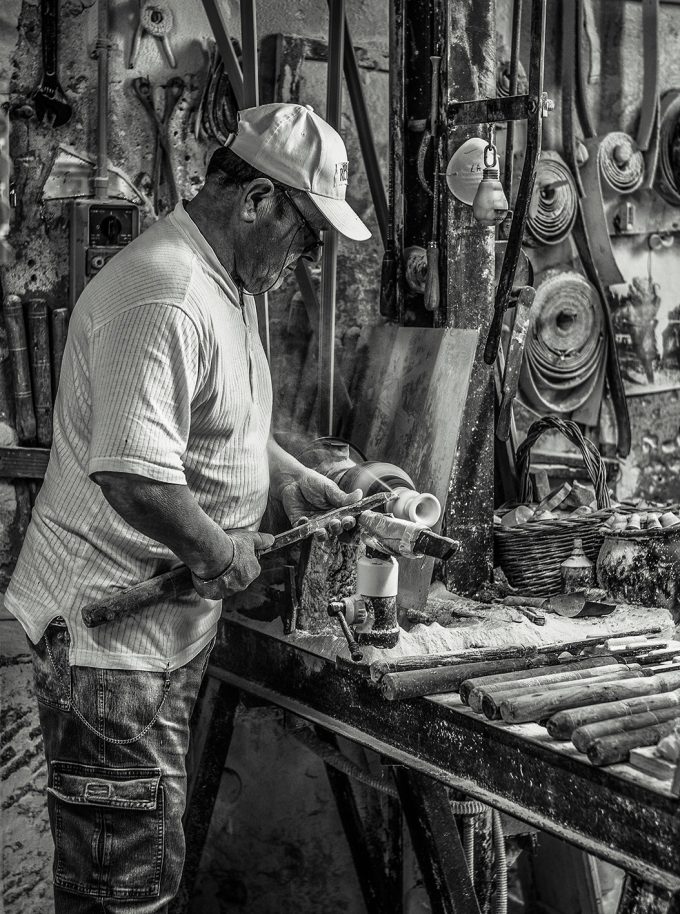
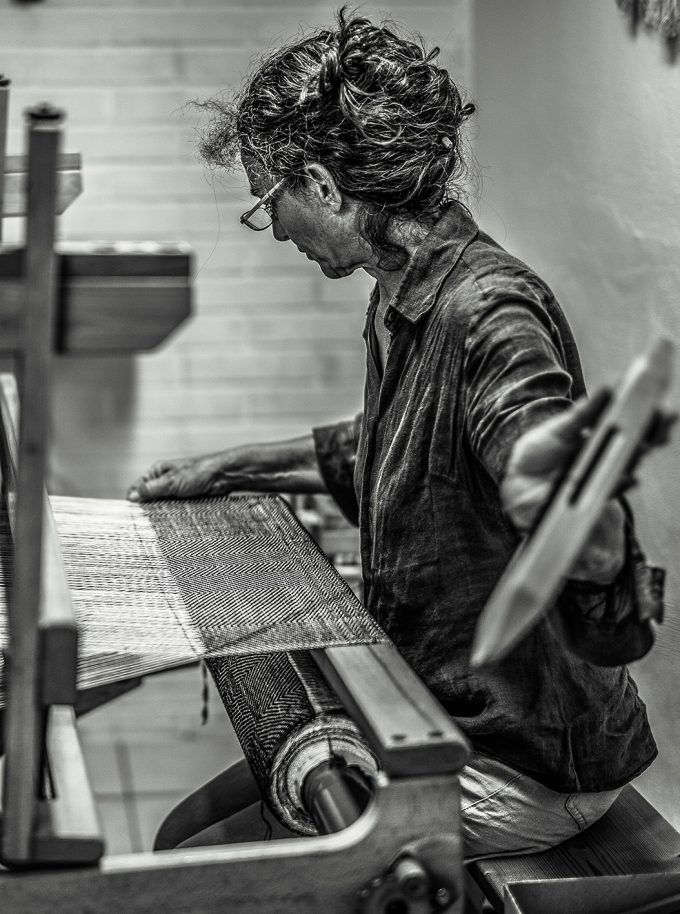
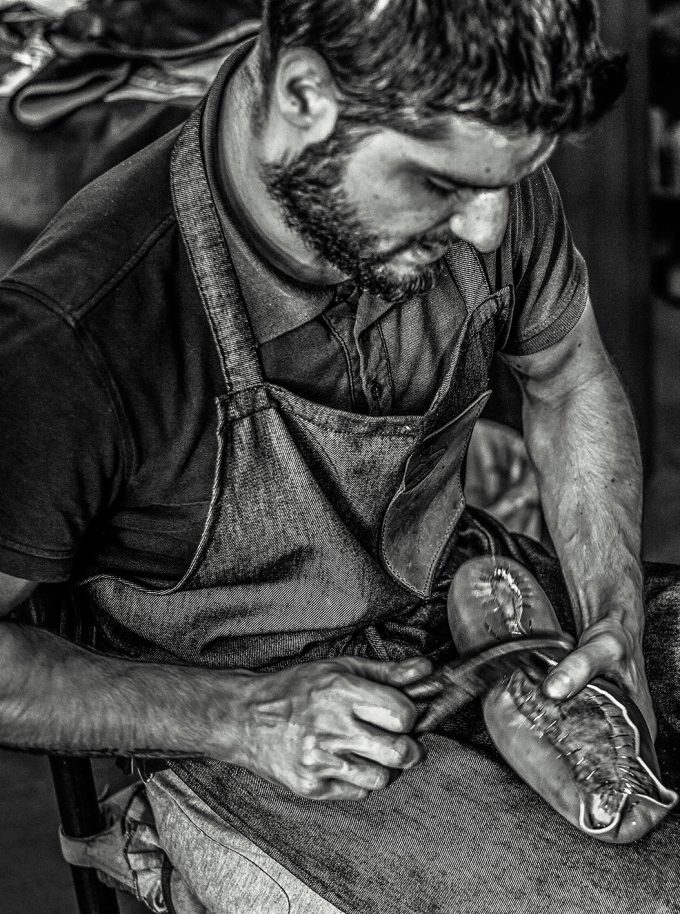
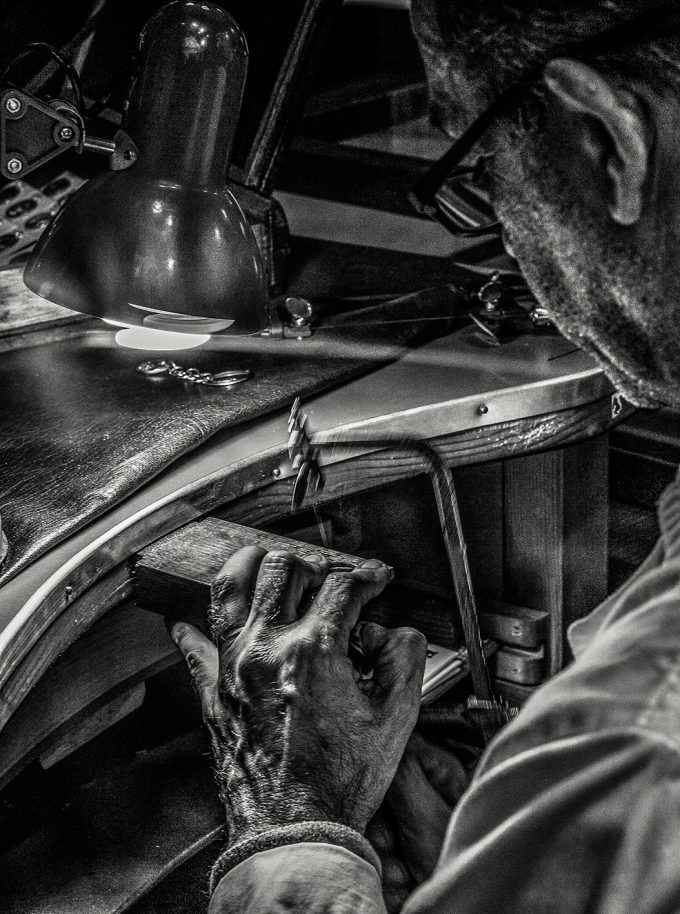
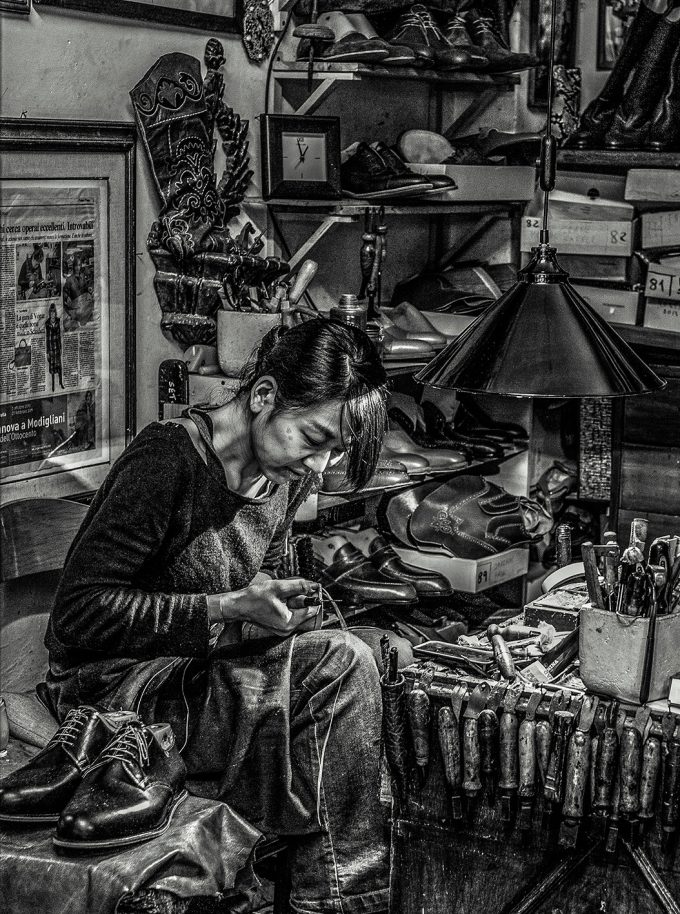
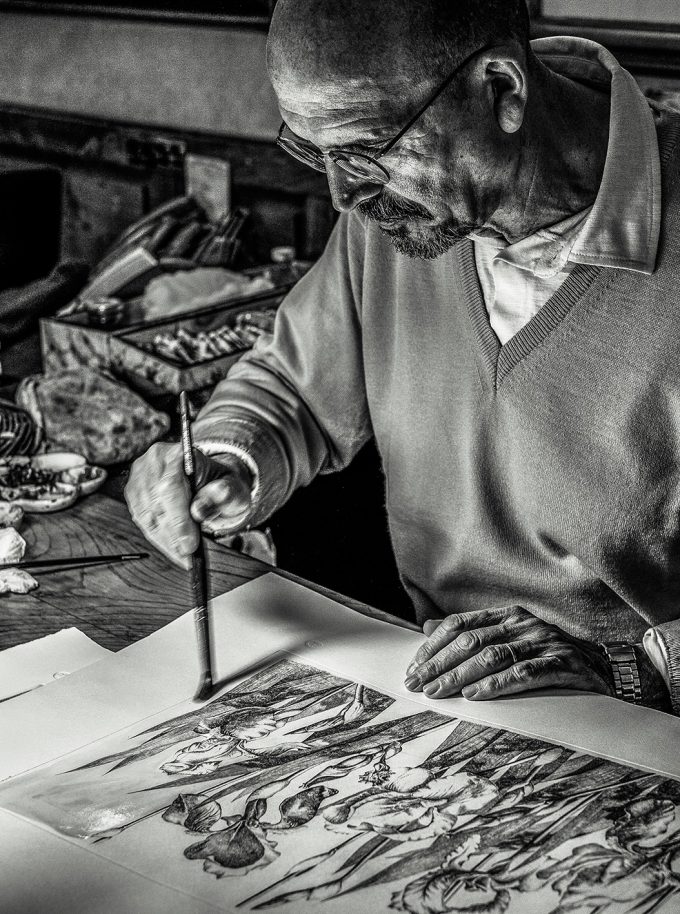
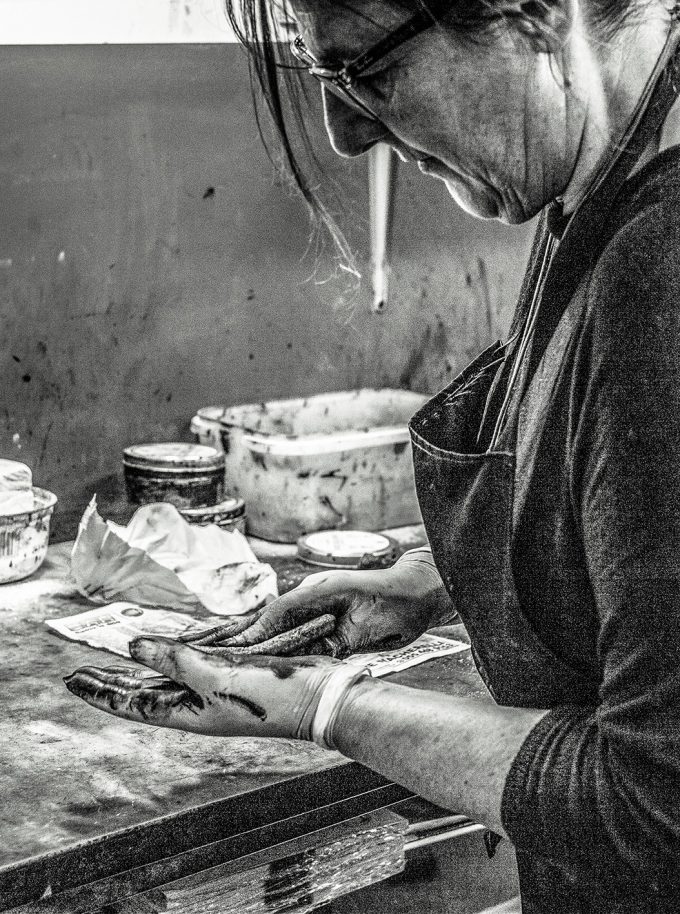
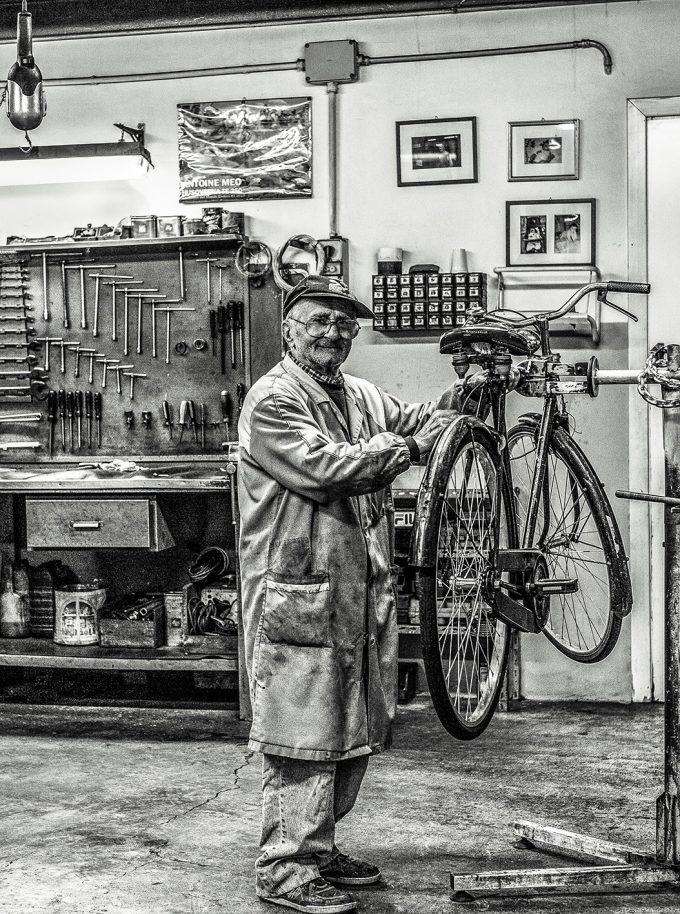
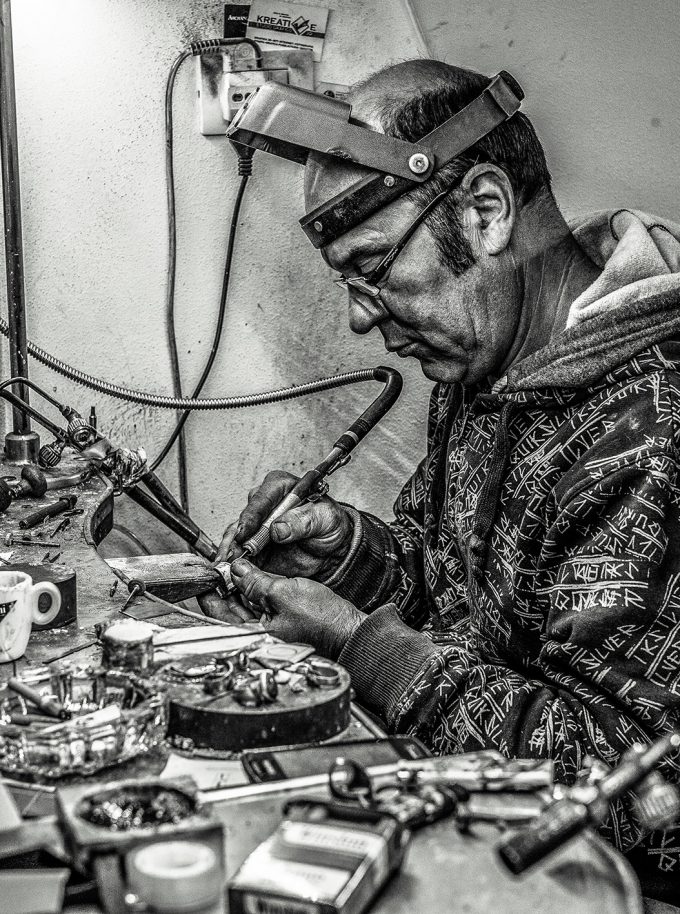
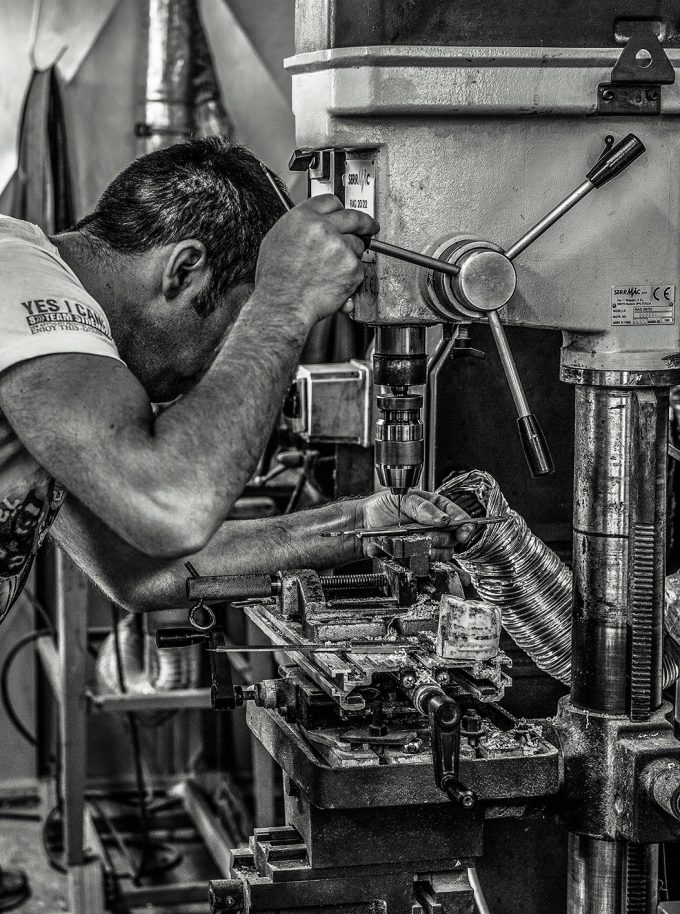
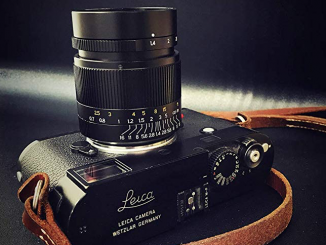
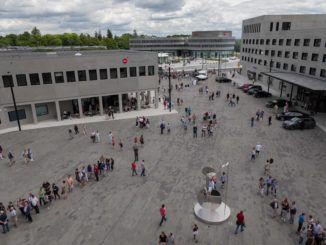

Great images and I do love some of the gritty processing. I might have gone a bit softer withe some of the processing but like Steve said, we are all unique. Been to Florence several times and been guilty of seeing the usual sights with an eye for local interest. I would have loved more information to each image as some are pretty obvious but others are not. Thanks for sharing and good luck with the book.
Might have been a nice series, but the HDR edit really throws me off.
I really like these images – they are works of art.
Great capture! The OVER processing? Maybe not.
Please don’t over-process photos like that. It really distracts from the subject, stripping away all emotion and feeling.
Christian,
Excellent photos.
Processing is a matter of vision and taste. Not everyone has the same vision or taste. (Thank God!)
Years ago in a creative writing class I met a bestselling author, who told me that he loved criticism because it meant that his work was significant enough to garner it.
The processing is clearly visible, but I wouldn’t fault W Eugene Smith for his striking darkroom work nor all those crazy platinum prints from the f64 group. Why ding you?
I look at your pictures and think, “Wow. I wouldn’t have thought of that. How cool!”
The images look like drawings by the likes of MC Escher
I know processing is matter of personal taste, but why the exaggerated look and clarity to the top? Such an excellent subject to ruin it with the processing, remember that exaggeration is never good.
Really like the artistic pictures, the way you have captured the work and how you have processed the images. My favorite is the first one.
Cool subjects and some interesting shots…..but Holy Clarity adjustment Batman!!!
People looks like painted by silver paint street performers..
Processing destroys the images, sorry. Real life does not look like this.
My reaction was WOW!
I love the images and the processing which gets right to the heart of the subject, and conveys exactly the impressions left upon the photographer.
When I think of craftsmanship I think of hands and material and not so much the faces of the craftsman. Thus, I think you missed the essence of the subject. I have to agree that the processing is overthetop.
I like the shoe cobbler…painterly but so much detail and dynamic range…thank you for sharing
Thank you for your feedback. I am very pleased that you like my photos.
Nice images that are way over processed.
I agree. Way over processed.
These are wonderful, and very respectful of both the workers and the work. Thank you, Christian, for sharing them.
Really like the photos but the processing destroy them… :/
Thank you for your feedback. Please also take a look at the photos at Leica Photography International and Leica Fotopark (https://lfi-online.de/ceemes/en/galerie/Christian-Robert-Fiedler-357159.html, https: //www.leica- fotopark.com/de/discover/photographers/562731cf0cf28762b4d3eb37/profile). These photos are processed differently. They do not look so metallic. Also in my book the photos show a completely different effect. This is due to the used archival grade paper with an uncoated eggshell finish.
Hi!
I have to agree with some other comments here. Great photos but the HDR-like processing make me cringe inside. I think it is because the processing creates contours and halos where it should not be any. The last picture especially have a jarring halo that you sometimes get from oversharpening. It makes some details look superimposed onto the picture instead of being a natural part of it. Leica have a uniqe bokeh and feel in their lenses but this processing creates details and halos in areas of the picture that should not have any.
I write som much in this comment because I really like the pictures! It´s just that they seem more like reliefs or engravings than photos.
When I write this, it strikes me that they look as if they were carved into sheets of metal. That is in a way actually cool.
Still, I would love to see the with a more gentle postprocessing and that sepia look.
Cheers!
Very nice pictures, but the processing of the them is not to my likening. Typical silver FX set up, not natural black and white pictures ….the processing takes away the atmosphere …
Would love the pictures if the contrast was more realistic.
Don’t like this HDR style which is violating the nice pictures by trying to give them a wrinkled and dirty look.
However, just my opinion.
Very nice ,but i have to agree with the others sorry
Have to agree, the photos are excellent, but don’t really like the processing.
Thank you for your feedback. The photos look a bit metallic. Please also take a look at the photos at Leica Photography International and Leica Fotopark (https://lfi-online.de/ceemes/en/galerie/Christian-Robert-Fiedler-357159.html, https: //www.leica- fotopark.com/de/discover/photographers/562731cf0cf28762b4d3eb37/profile). These photos are processed differently. They do not look so metallic. Also in my book the photos show a completely different effect. This is due to the used archival grade paper with an uncoated eggshell finish.
+1
+1
Thank you for your feedback. I am very pleased that you like my photos.
Love the shoe cobbler photo…. painterly and timeless yet with extremely fine detail and wide dynamic range…thanks for sharing
Thank you for your feedback. I am very pleased that you like my photos.
agree, don’t like the processing – destroys a bit atmosphere and charme of the scenes.
Thank you for your feedback. The photos look a bit metallic. Please also take a look at the photos at Leica Photography International and Leica Fotopark (https://lfi-online.de/ceemes/en/galerie/Christian-Robert-Fiedler-357159.html, https: //www.leica- fotopark.com/de/discover/photographers/562731cf0cf28762b4d3eb37/profile). These photos are processed differently. They do not look so metallic. Also in my book the photos show a completely different effect. This is due to the used archival grade paper with an uncoated eggshell finish.
Like the photos but not the post processing
Thank you for your feedback. The photos look a bit metallic. Please also take a look at the photos at Leica Photography International and Leica Fotopark (https://lfi-online.de/ceemes/en/galerie/Christian-Robert-Fiedler-357159.html, https: //www.leica- fotopark.com/de/discover/photographers/562731cf0cf28762b4d3eb37/profile). These photos are processed differently. They do not look so metallic. Also in my book the photos show a completely different effect. This is due to the used archival grade paper.
Everybody is entitled to an opinion. But, it appears so many want to process your images to their own taste. You obviously had a vision how you wanted these to look, and processed them all as you liked. It’s a very visually interesting group, and I especially like the painter with motion blur of his brush hand. Well done! Stay true to what you like and see in your head.
Agree. I never tell others how to process their images, and not sure why others do that as it is the person taking the images who has the vision, and if they are processing in a certain way it is how they want their images to be. We are all unique, and different and that is a good thing. When we try to make our images look like everyone elses images, that is when it gets boring (IMO). Be different, be unique.
Love the photos but not the processing